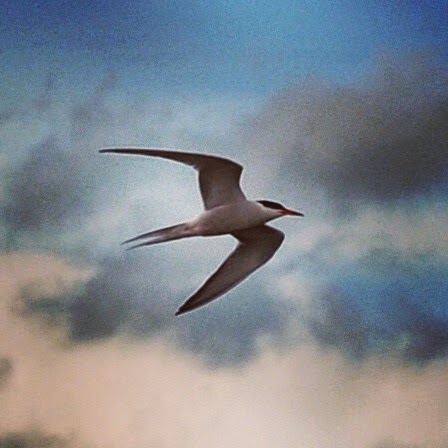Forest of Dean
Grimley
Common Tern
Mute Swans
Swift
Common Terns
Oystercatcher (top right)
After doing some research I headed to the Forest of Dean on Saturday to hopefully catch up with the elusive Nightjar. I had never seen one before so I arrived hopeful rather than confident.
As I headed up hill towards the clearing there was a rustle in the heathland followed by a grunt and then further movement and I could see my first Wild Boar. Five minutes further up the path I then came across a group of eight other Boars including young. The Wild Boar certainly divide local people looking at local websites due to the damage they can cause. The Forestry Commission are currently using thermal imaging to assess the local population. Estimates suggest numbers could have increased to 800. These beasts looked seriously mean and I was most happy when they headed off in the opposite direction.
When reaching the clearing the first Woodcock passed over calling which signalled the start of a costant flow for the rest of my walk. After setting up my scope two separate Nightjar started to churn. After about five minutes one took off and I must say it was a fantastic sight. When the birds stop churring, they are often in flight and two other sounds are frequently heard. The first is a rather soft 'coohwick' given as a single note and thought to be a contact call. The second is a slapping or hand-clapping sound caused as the birds clap their wings in flight. I managed to get this sound recording when the bird was perched in a tree above me. I did try and get some images but the light was to poor.
As I headed back to the car a single Nightjar landed on the right of the path and whilst it was difficult you could see the mottled plumage. The bird seemed to fly and then return to the same spot and I wondered if the stones on the path were being eaten.
There were good numbers of Tawny Owl around the Forest including young. Tawny Owls seem to have done really well this year in terms of breeding.
After a late night I opted not to head out early but to call in at Grimley as I needed to undertake cricket taxi duties at near by Ombersley. First observation was the amount of young Gadwell that were on the Pits. There was at least seven broods with good numbers of chicks. Other notable breeding birds including Oystercatchers, Lapwing, Little Ringed Plover and Redshanks whilst there were large numbers of Mute Swans who seem to have taken a liking to sitting on the causeway.
After a late night I opted not to head out early but to call in at Grimley as I needed to undertake cricket taxi duties at near by Ombersley. First observation was the amount of young Gadwell that were on the Pits. There was at least seven broods with good numbers of chicks. Other notable breeding birds including Oystercatchers, Lapwing, Little Ringed Plover and Redshanks whilst there were large numbers of Mute Swans who seem to have taken a liking to sitting on the causeway.








No comments:
Post a Comment